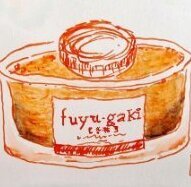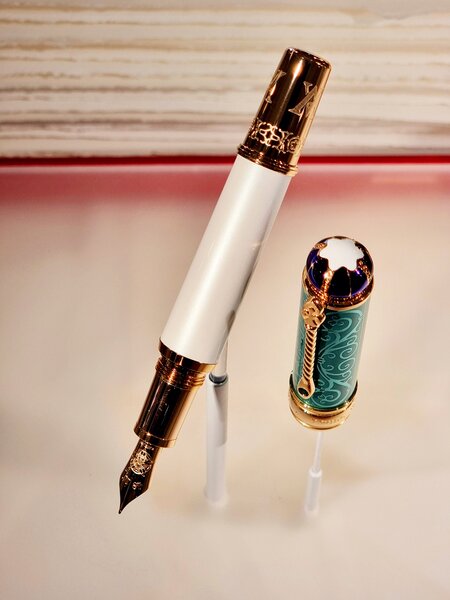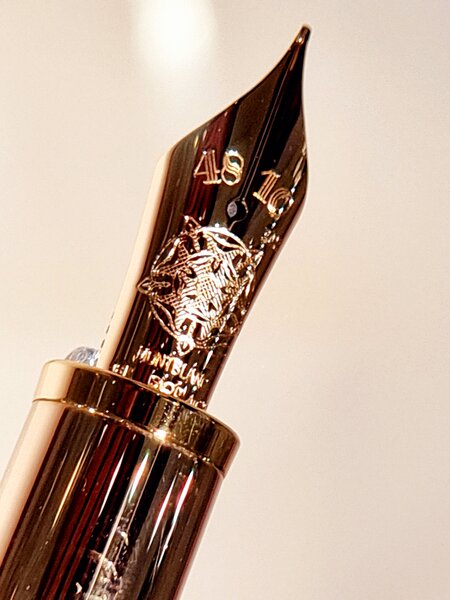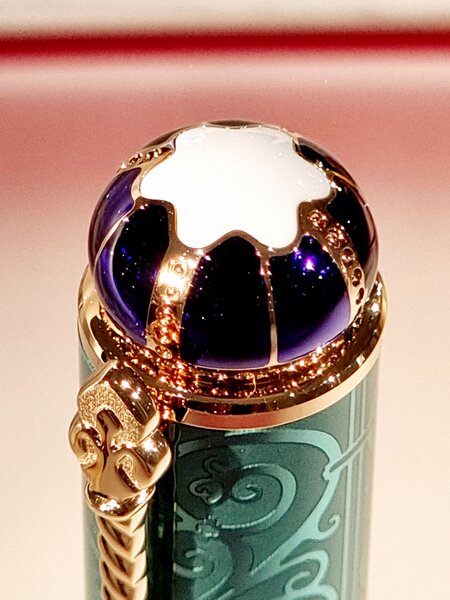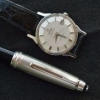Search the Community
Showing results for tags 'patron of art'.
-
From the album: OldTravelingShoe's Random Pics of European Fountain Pens
© (c) 2022 OldTravelingShoe. All rights reserved.
- 0 B
- x
-
- montblac
- victoria and albert
-
(and 3 more)
Tagged with:
-
From the album: OldTravelingShoe's Random Pics of European Fountain Pens
© (c) 2022 OldTravelingShoe. All rights reserved.
- 0 B
- x
-
- montblac
- victoria and albert
-
(and 3 more)
Tagged with:
-
From the album: OldTravelingShoe's Random Pics of European Fountain Pens
© (c) 2022 OldTravelingShoe. All rights reserved.
- 0 B
- x
-
- montblac
- victoria and albert
-
(and 3 more)
Tagged with:
-
Introduction Montblanc started the release of the Patron of Art series in 1992 and each release commemorates famous individuals making great contributions to the arts and culture. Released in spring, these issues only consist of a fountain pen in a lacquered wooden box. Two versions of this series...
- 17 replies
-

Review Montblanc Patron Of Art Karl Der Grosse; Picture Heavy!
Mainecoon posted a topic in Fountain Pen Reviews
Introduction It has been a while, since I reviewed a pen. I was falling back to a patern of lurking around on this beautiful forum. So now it’s time to contribute again. I’m doing so in reviewing this “Hommage à Charlemagne”; a beautiful pen from the Montblanc Patron of Art series. With this series... -
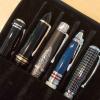
Montblanc: Alexander Von Humboldt. Patron Of Art (Poa) 2007
OngL posted a topic in Fountain Pen Reviews
About the Patron Alexander von Humboldt's travels through distant continents and research of foreign cultures made him the first German cosmopolitan. The naturalist and cultural patron was born in Prussian Berlin during the age of Enlightment and later travelled the globe to explore new horizons....- 11 replies
-
- montblanc
- mont blanc
-
(and 5 more)
Tagged with:
-
Dear FPN friends, I manage to find a POA 2001 and 2012 in a MB boutique but my budget only allows me to buy one of them. I am more on the Pompadour for reason of its Meissen porcelain cap and hand-painted rose. May I have your views to help my choice, please ??
-
I have acquired my first PoA pen which is the Humboldt. Although it is new, it seems not taken care well. I see a number of white patches on the wood barrel. I would like to seek an advice if this can be restored and how to do so. Preferably if It can be done (DIY) rather than sending it to MB whic...
- 16 replies
-
- montblanc
- patron of art
-
(and 1 more)
Tagged with:
-
I recently picked up a vintage-y Montblanc Solitaire (gold plated, barley pattern, West German), and special edition Patron of the Art in unused condition (box, warranty card, and everything included). Both are medium nibs, and both are skipping, particularly when used on crappy lined notebook pape...
- 30 replies
-
- meisterstuck
- skip
-
(and 1 more)
Tagged with:
-

Review Montblanc Patron Of Art Max Von Oppenheim; Picture Heavy!
Mainecoon posted a topic in Fountain Pen Reviews
Introduction As announced in my review about the MB POA Semiramis, here it is finally: A review of another beautiful pen from the Patron of Art series: Max von Oppenheim. Montblanc started the release of this Patron of Art series in 1992 with the, now famous and highly wanted, Medici pen. These li...- 18 replies
-
- max von oppenheim
- patron of art
-
(and 2 more)
Tagged with:


